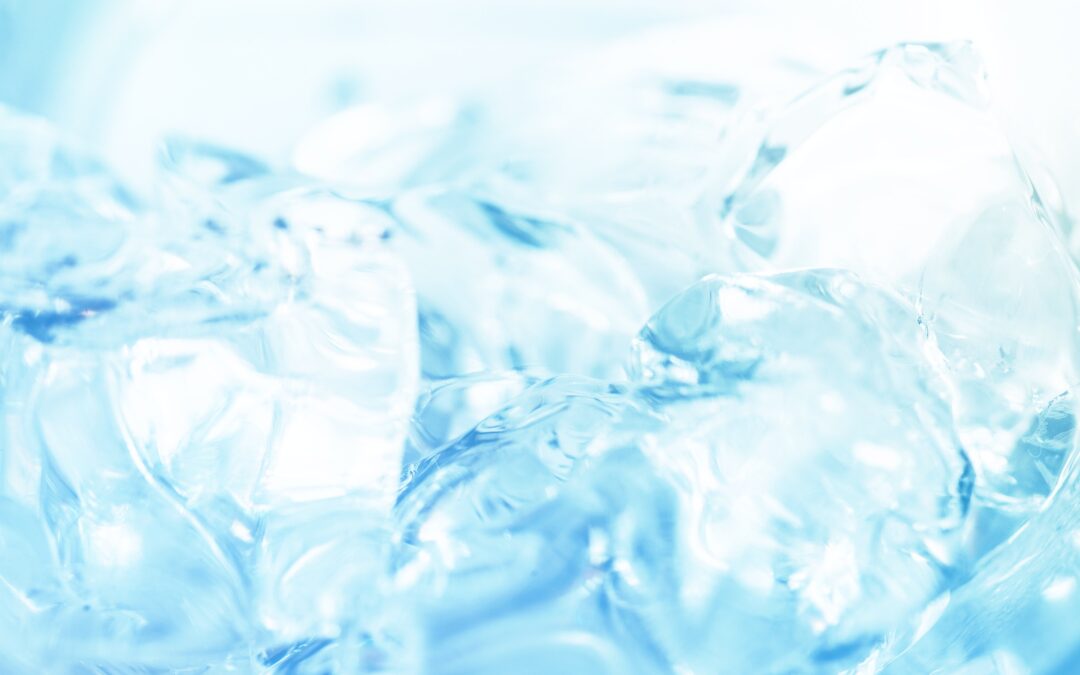It’s no secret that the rise in global greenhouse gas (GHG) emissions by human related activities has put us at a precipice where we must reduce our carbon and GHG emissions on an extremely large scale. At the same time, as global temperatures rise, there’s a big discussion surrounding air conditioning and how people will remain cool and comfortable in the temperatures and heat that are projected in certain places.
These topics are highly related as commercial building air conditioning systems are amongst the biggest contributors to peak loads during hot days in many countries around the world. Let’s stay calm, cool, and collected though because there’s an unexpected solution we can look to for help — ice storage! Alliance Engineering would like to familiarize you with the concept of ice storage systems, explain their benefits, and explain how you can have a more environmentally friendly commercial building air conditioning setup while also reducing your energy costs.
1. Thermal energy storage
Using an ice storage system for air conditioning purposes is actually a form of thermal energy storage. In other words, you’re using technology to capture and store the excess energy that comes from usually heating a substance and being able to use it later on. In this case, since the aim is to provide cooling, ice storage and chilled water systems are used to allow for a more energy efficient (therefore cost effective) way of generating, storing, and delivering air conditioning throughout a building.
2. How does it work though?
The most popular application of ice storage and chilled water technology in commercial buildings is one where a chiller runs at night (when its not peak load) to produce ice. Throughout the day, when air conditioning is needed, water runs through the ice to produce the chilled water the cooling system would otherwise be responsible for producing at that time (during peak load). Existing refrigerant-based HVAC equipment can actually be converted to an ice storage system and basically offset the previous daytime energy consumption and emissions.
3. Ice storage and sustainability
As we collectively move towards a future where sustainable energy is the default or normative assumption, ice storage systems work in tandem with and enhance the value of other renewable resources from an energy perspective. Using wind and solar energy as examples, ice production and storage can be done at night when there’s more wind, energy is less expensive, and less energy is lost to transference. Likewise, during the day, the ice can be released as the energy cost rises.
Join us next time as we continue our look at ice storage systems and their benefits when it comes to commercial buildings, air conditioning, and reducing carbon and GHG emissions!
Contact Alliance today to discuss how you can save money by improving the efficiency of your HVAC systems. Our forward thinking solutions incorporate industry leading technologies, effective energy reduction techniques, and any financial incentives available through relevant programs.

